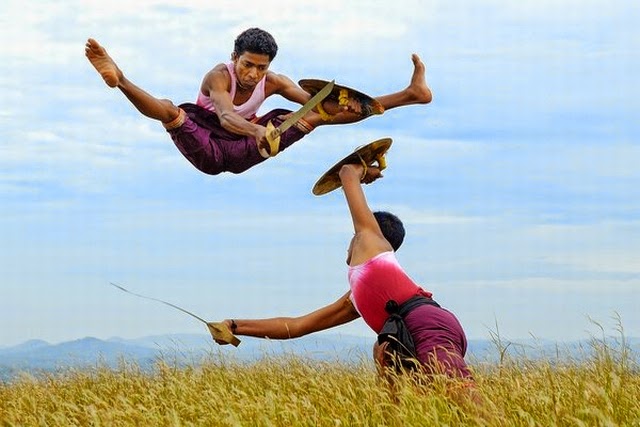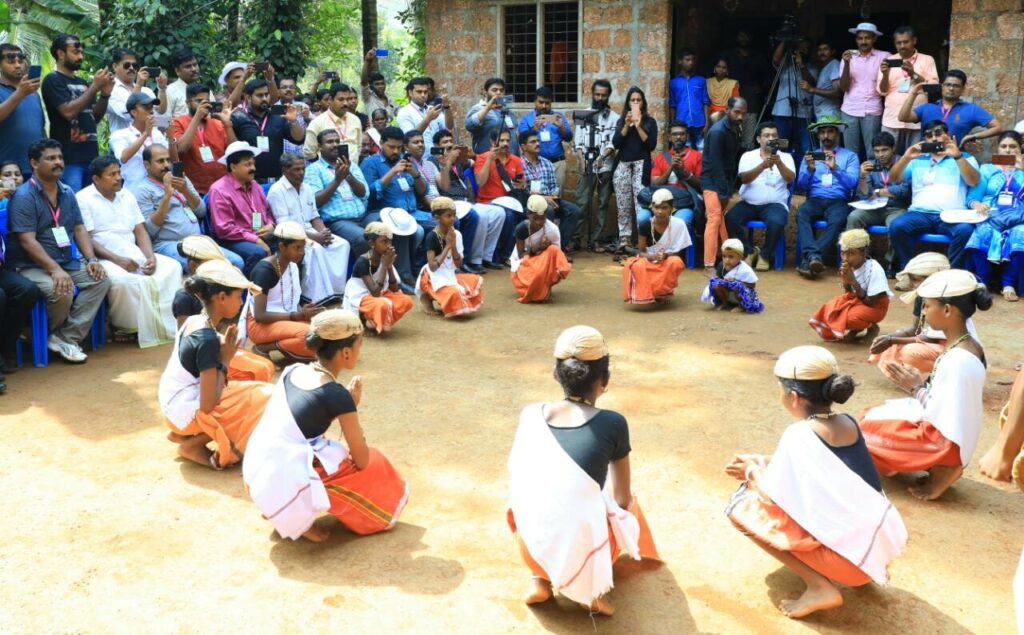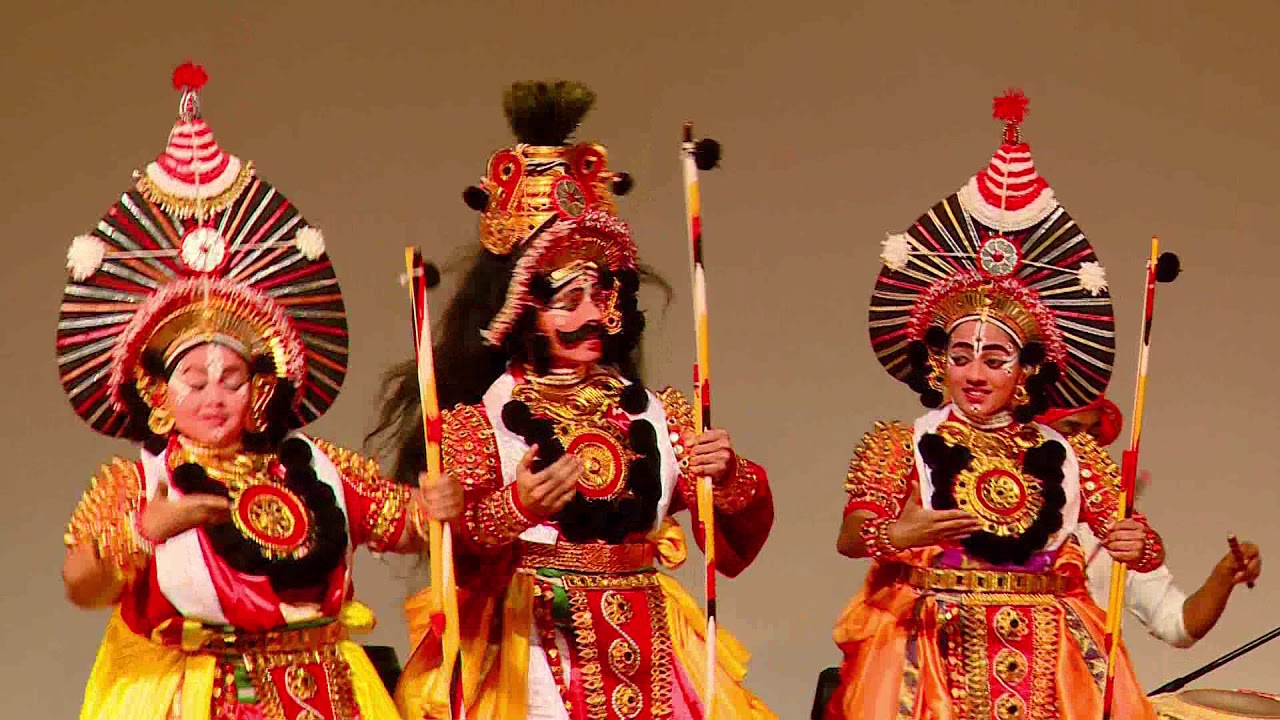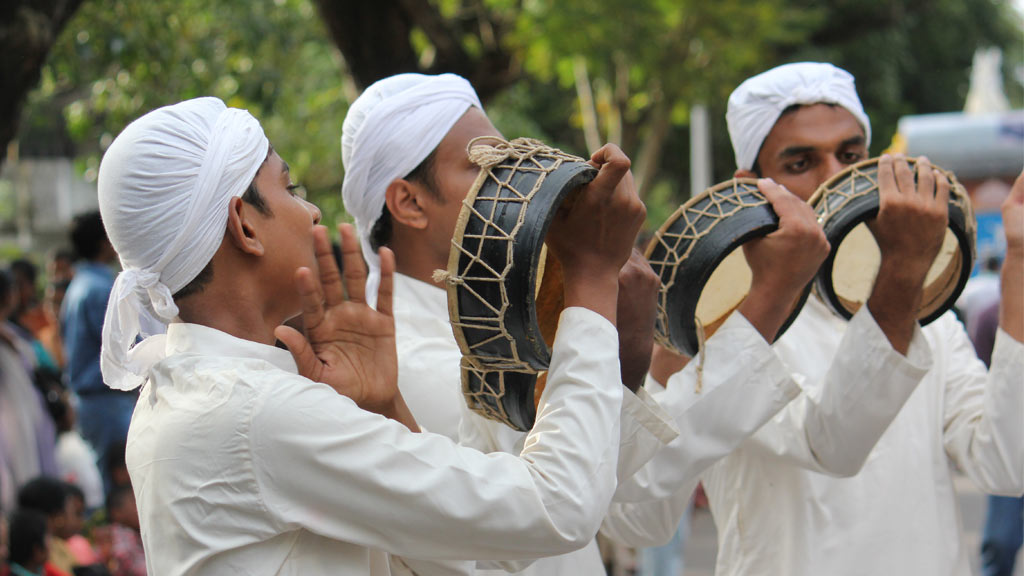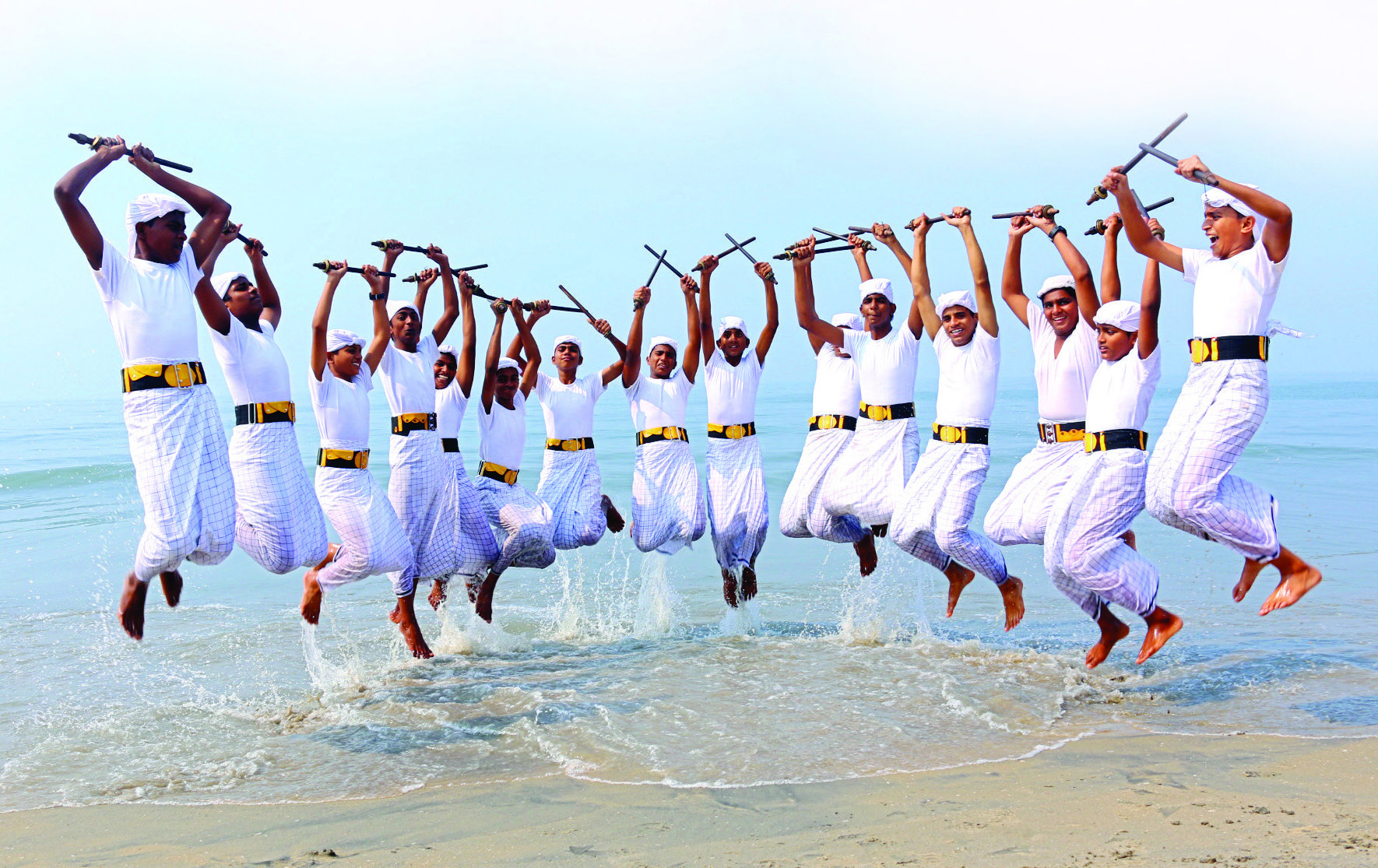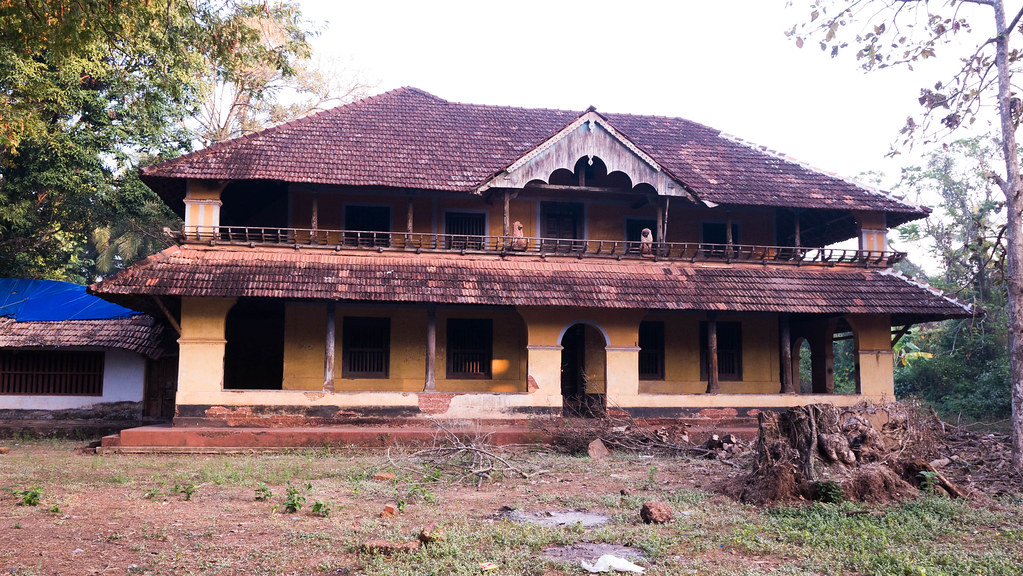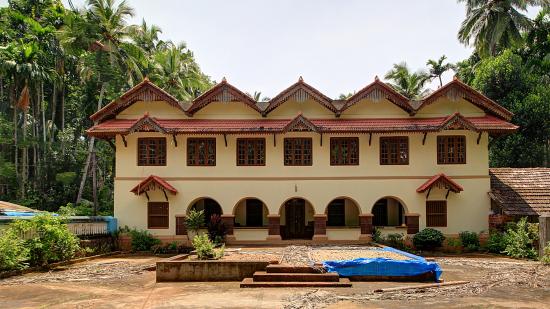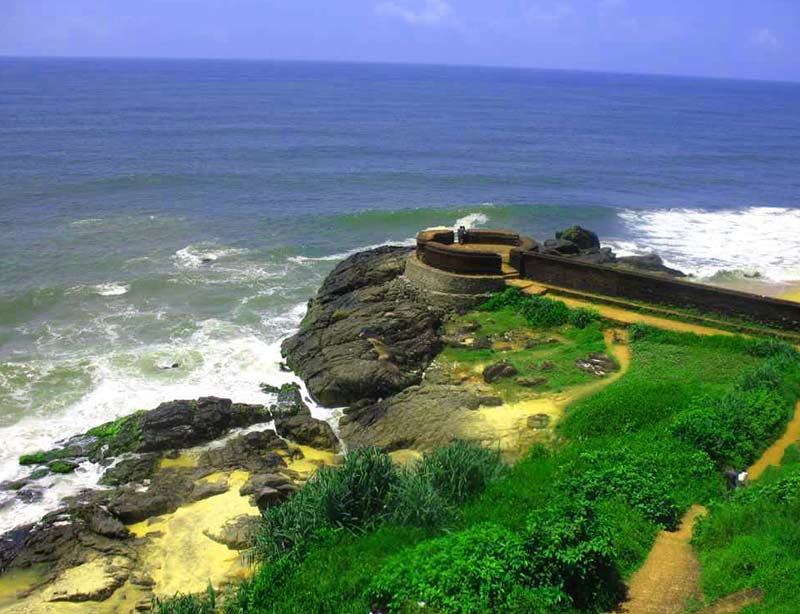It is the oldest martial arts of the world, essentially is a form of warfare. In short, it’s a defensive art and Kerala’s own martial tradition. All other martial arts derived from kalari itself. variety of fights are there in kalari from verumkai (without weapons to valpayyattu (with weapons). Kalari chikilsa also famous for health rejuvenation.
